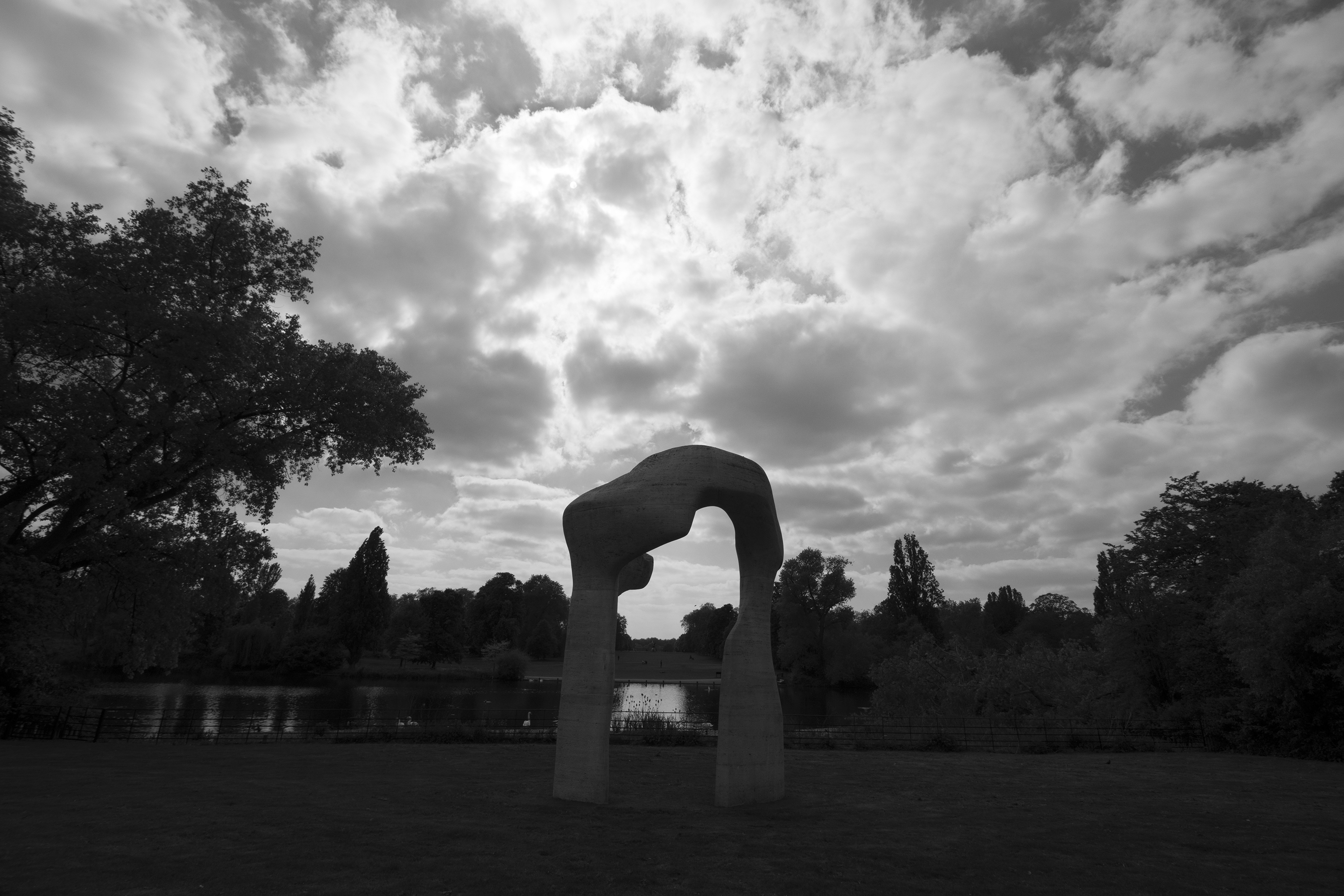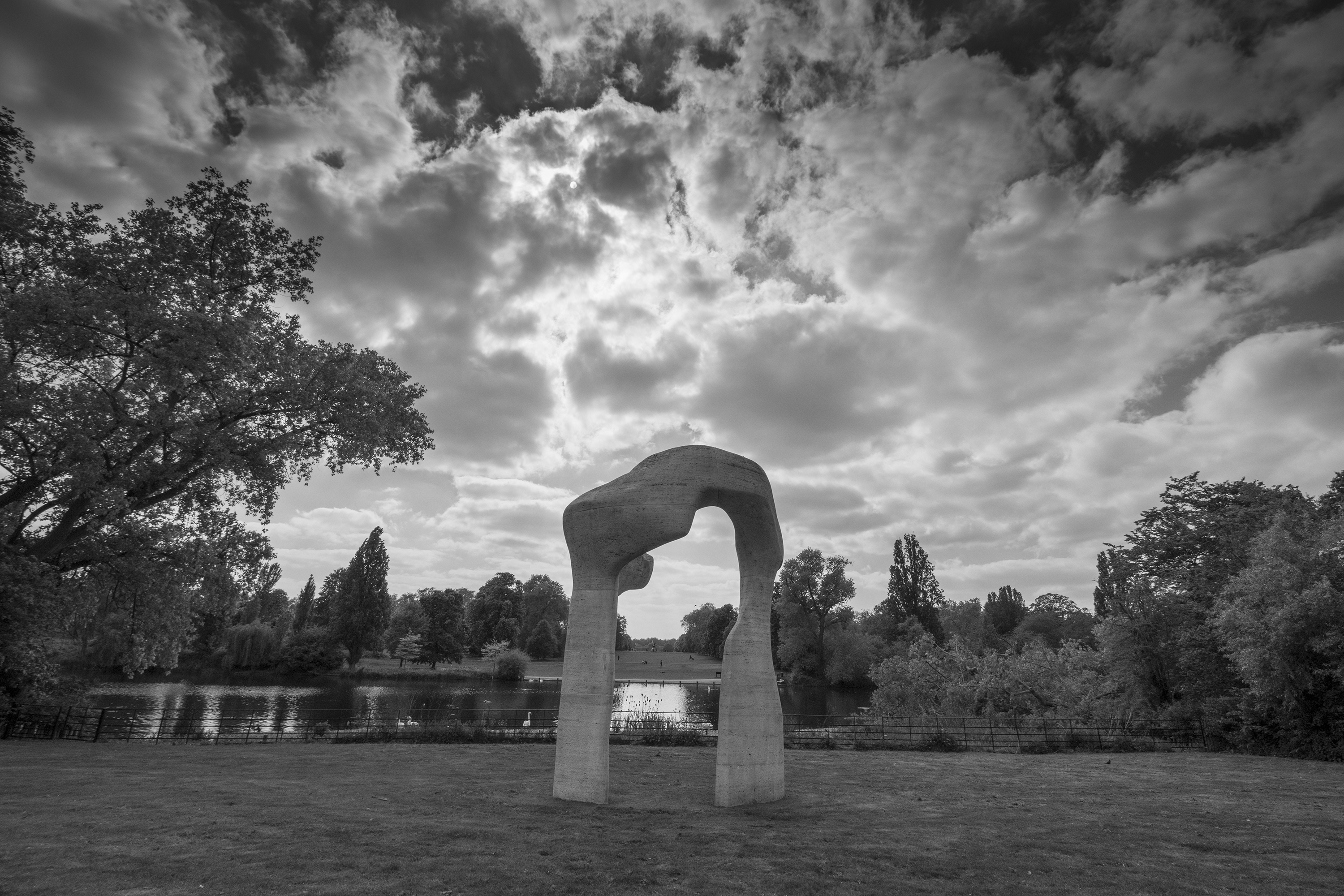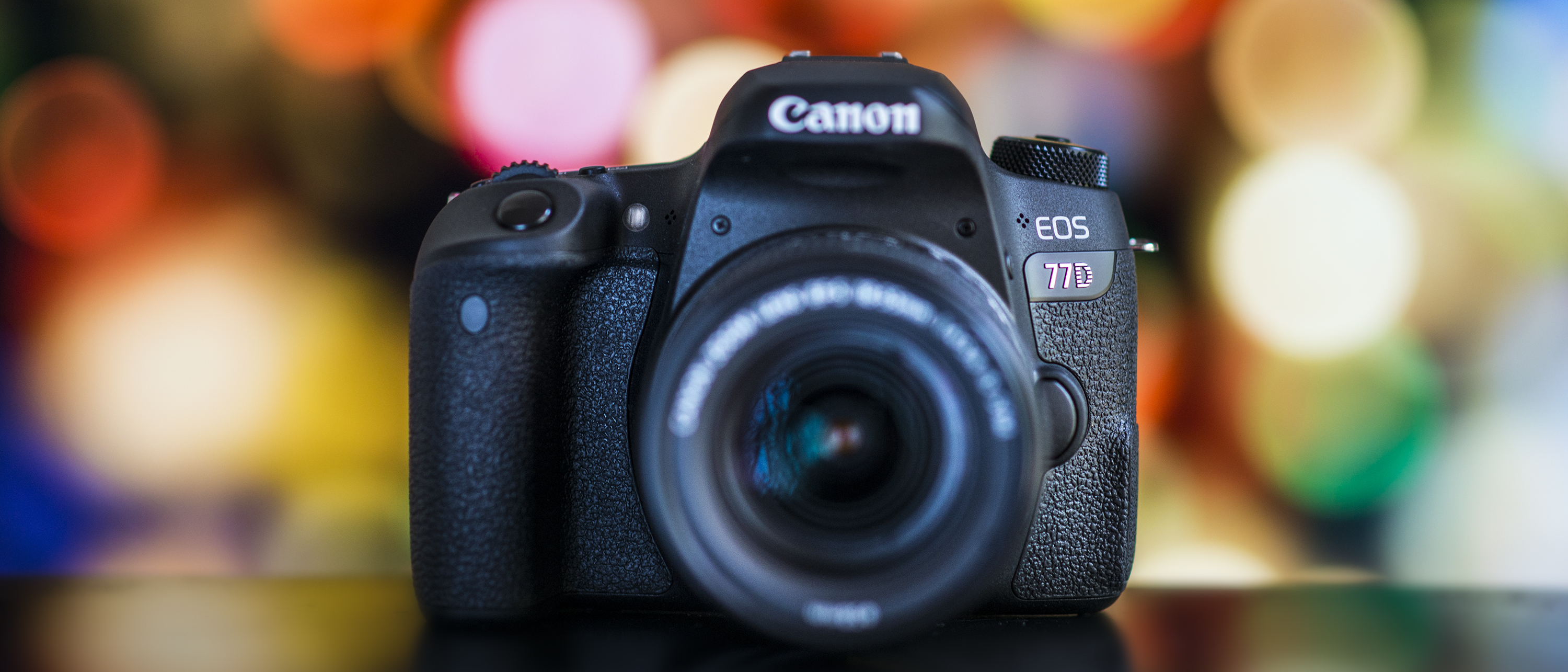Why you can trust TechRadar
Performance
- 6fps burst shooting
- User guide on camera
- 600-shot battery life
Like the T7i / 800D, the EOS 77D can rattle off shots at 6fps – we'd have liked to have seen this number improved to match mirrorless rivals like the Lumix G80 / G85, which is capable of 9fps, although that would risk the new camera treading on the toes of the EOS 80D's 7fps.
Battery life is good, at 600 shots, although you'll want to keep a spare handy if you plan to shoot predominantly with the rear display activated, as this will see battery life drop to 270 shots. It’s also worth bearing in mind that Nikon’s D5600 has a 820-shot battery life, while the D7200 can go for 1,100 shots.

Also like the T7i / 800D, the EOS 77D takes advantages of Canon's new clean-looking graphical interface, which is designed to help inexperienced users get to grips with some of the camera's key controls. Where the cameras differ is that you have to turn this feature on in the display settings of the EOS 77D, whereas it's the default mode of the T7i / 800D.
The EOS 77D sports Canon’s tried-and-tested 7560-pixel RGB+IR metering sensor, which we’ve seen in numerous Canon DSLRs (it’s also in the EOS Rebel T7i / 800D), with 63-zone Evaluative, Partial, Centre-weighted and Spot metering options.

For the most part the evaluative mode will be the one you’ll be using, and it does a good job. As we’ve found with other EOS cameras though, because the system is weighted to the active AF point you can run into issues in high-contrast situations, as simply shifting the AF point can throw up two different exposures – some of our shots were a little overexposed for our liking.
The white balance system performs very well, while the option of an Ambient Auto White Balance mode has its uses, delivering slightly warmer results that can be welcome, while White Priority can deliver clean, neutral results even in artificial lighting.
Image quality
The EOS 77D uses Canon's new 24MP APS-C CMOS sensor, and as we’ve seen with the T7i / 800D this performs very well. Resolution is pretty much identical to the results from the T6s / 760D – which is hardly a surprise when you consider that they share the same pixel count – but it’s elsewhere that the new sensor design shines, particularly the way the camera handles noise.

At lower sensitivities shots appeared very clean with good levels of saturation, but it’s when you start increasing the ISO that the EOS 77D’s sensor really impresses. Looking at raw files edited in Adobe Camera Raw, our test images looked very pleasing to the eye even at ISO6400. Granted, there’s some luminance (grain-like) noise present, but it’s well controlled and has a fine structure. There’s hardly any chroma (color) noise present, and while saturation suffers a touch at this sensitivity, the overall result is very good.



Knock the sensitivity up another couple of notches, to ISO25,600, and saturation and detail deteriorate, while noise becomes very noticeable. We’d avoid using this setting where possible, although images will still be just about usable if you have to shoot in poor light and it’s your only option.


Dynamic range is better than we’ve seen from the T6s / 760D, but the latitude available to recover detail in the shadows and highlights isn’t quite a match for rivals like the D5600 or X-T20.
The EOS 77D delivers pleasing JPEG colors, though they can perhaps look a little muted when up against rivals with more punchier color output. If you want to give your JPEGs a little more 'bite', opt for one of the Picture Styles, or shoot raw for complete control.
Current page: Performance and image quality
Prev Page Build, handling and AF Next Page Verdict and competitionPhil Hall is an experienced writer and editor having worked on some of the largest photography magazines in the UK, and now edit the photography channel of TechRadar, the UK's biggest tech website and one of the largest in the world. He has also worked on numerous commercial projects, including working with manufacturers like Nikon and Fujifilm on bespoke printed and online camera guides, as well as writing technique blogs and copy for the John Lewis Technology guide.

